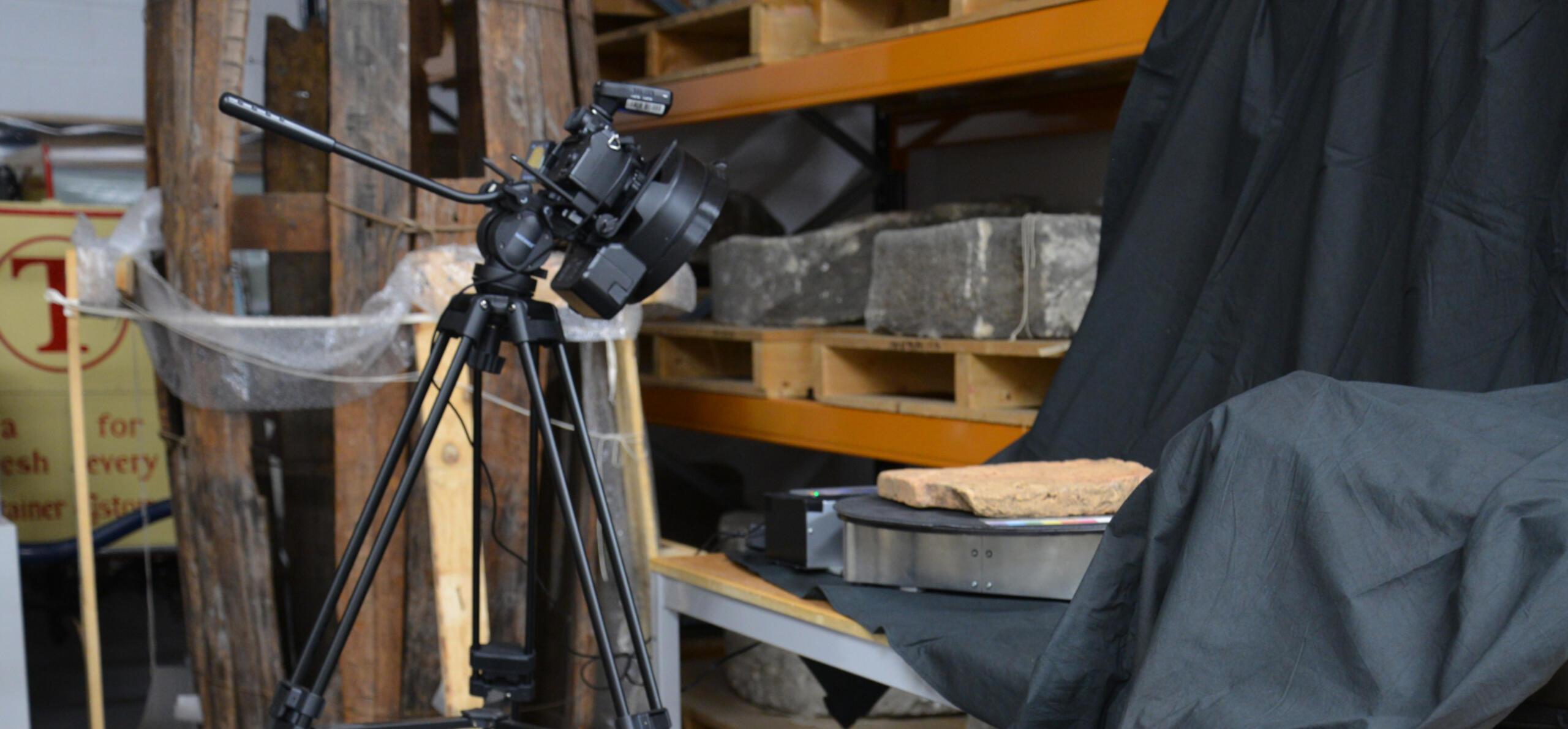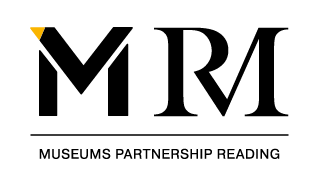Reading Museum is reimagining how people explore and engage with objects by broadening access to the collections. In this blog you can read about a new project to 3D scan objects for handling in the Silchester Gallery.
As part of the Museums Partnership Reading the museum has opened up its collections to community groups to help identify objects to digitise.
We worked with young people from Berkshire Vision and refugees in Reading supported by Care4Calais. The project aims to work with communities who are less engaged in the museum's work. We took one group to the museum stores to see behind the scenes and gave a unique handling experience to the other group, helping us select which objects to scan.
Why handling objects?
The Museum’s ethos is to preserve objects for perpetuity, but this goes along with using objects for education, display and research. We would like to provide replica objects to touch in cases where the originals may be too precious or delicate to handle. The artefacts in the Silchester collection were excavated from the Roman and Iron Age town of Calleva, dating to between 2000 and 1600 years old, and made of a variety of materials.
We hope object handling in the gallery with 3D replicas will bring the objects to life without risk to the original artefacts.
Handling objects engages the visitor with the collection, encourages physical interaction and leads to conversation. We hope that it will also enhance participation and make the museum less intimidating.
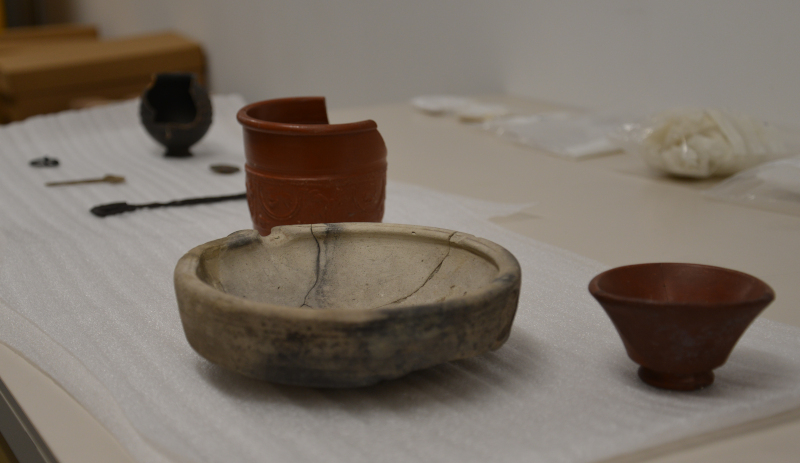
Roman objects selected for 3D scanning
We spoke to audiences to see what they would like to see and touch, asking them what they think it’s important the museum considers.
“Whole objects are better as its hard for visually impaired to imagine full objects – fragments should come alongside full reconstructions.”
“Objects in cases are not accessible at all to visually impaired visitors.”
“Large, detailed objects are easier than small, detailed ones.”
“It’s easier to understand a tile with clear set of prints than one with a variety of footprints.”
“Objects don’t need to be complete. A broken object shows its organic. It’s a sign that it’s been used.”
Community members - 2023
Through conversations we learnt that it is better to place the objects side-by-side for comparison and try to recreate the original texture and weight of the artefacts.
What is 3D scanning?
We worked with Steven at ThinkSee3D who uses photogrammetry to capture the objects. Photographing the objects from multiple viewpoints above and below to record the entire artefact. He then turned the images into 3D digital models and rendered them to look realistic.
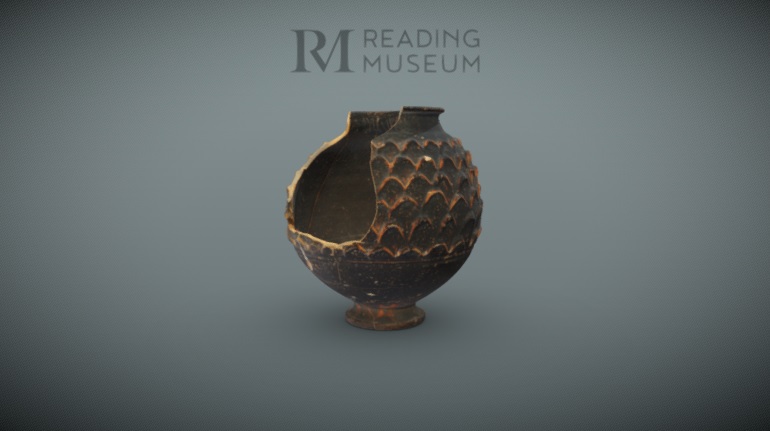
Roman pot with scale decoration
See the 3D scan pot on Sketchfab here
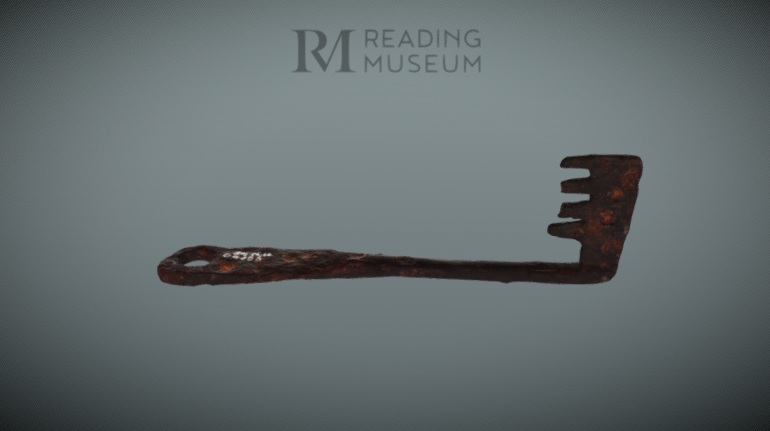
Roman key
See 3D scan of the key on Sketchfab here
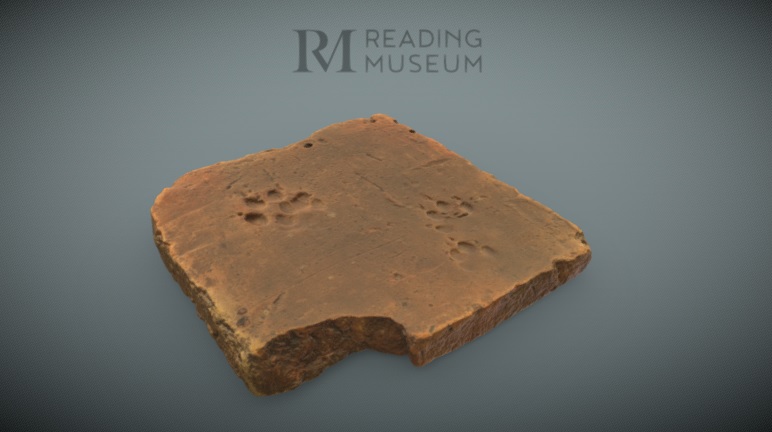
Tile with dog paw prints
See 3D scan of the tile on Sketchfab here
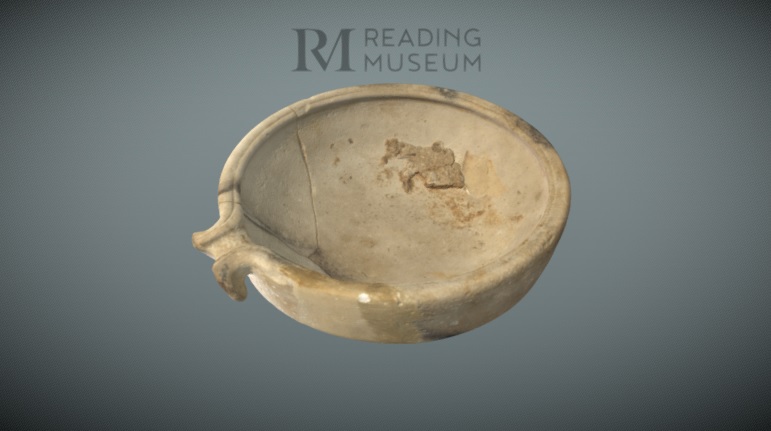
Roman mortarium
See 3D scan of the mortarium on Sketchfab here
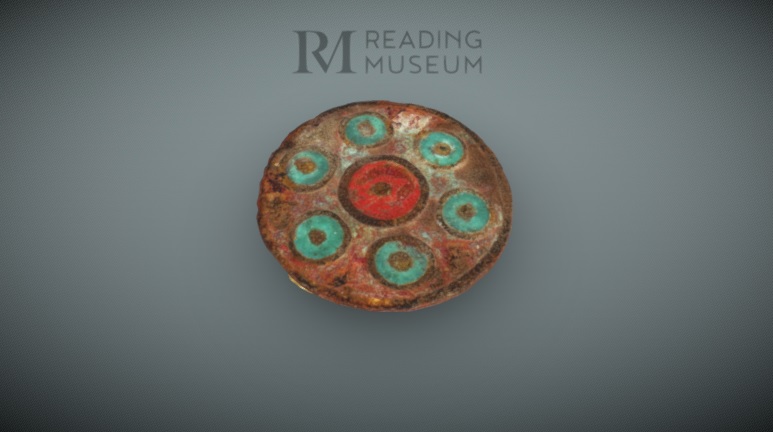
Enamel brooch
See 3D scan of the brooch on Sketchfab here
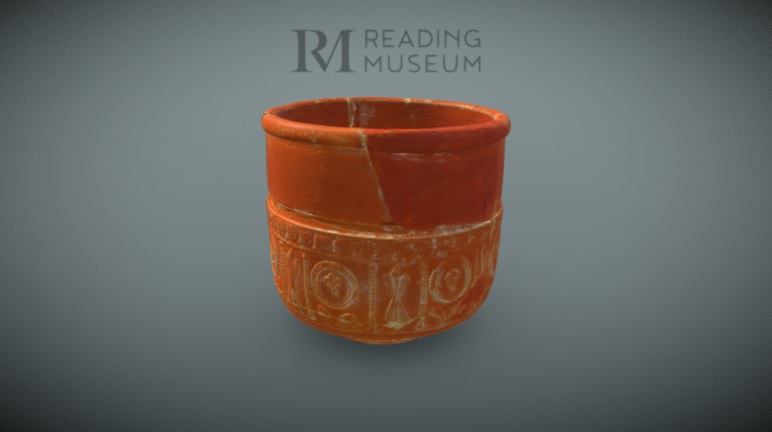
Samian ware bowl
See 3D scan of the bowl on Sketchfab here

Bone spoon
See 3D scan of the spoon on Sketchfab here
scanning the Ogham stone
The first object we had 3D scanned in 2022 was the unique Ogham stone - this was discovered in 1893. The excavators at Calleva discovered a battered small column, about 60cm tall, top-down in a well that had been dug through the foundations of a ruined Roman house. Only when they cleaned it did they realise what they had found. Washing the stone revealed markings which were identified as an ‘inscription written in Ogham characters’. It remains the most easterly find of an Ogham stone to date. See the scan and out more in our Ogham Stone blog.
What happens next?
Now the objects have been 3D scanned we can enjoy the digital models. Check out Sketchfab to see and play with the objects digitally. Through sharing digitally in the Open-Source world, people can also use the models in other digital outputs.
The next step will be to print out the 3D models to create physical replicas for handling. The great thing about modern 3D printing is that objects can be made in materials similar to their original material.
Whilst these objects are not ‘authentic’, they are expanding the museum’s use of new technology. We will test these replicas in the gallery to see if they offer a sense of the original object.
Update - in March 2025 we installed some of the 3D printed replicas in the Silchester Gallery as part of consultation on our plans for a new gallery, find out more in our blog.
